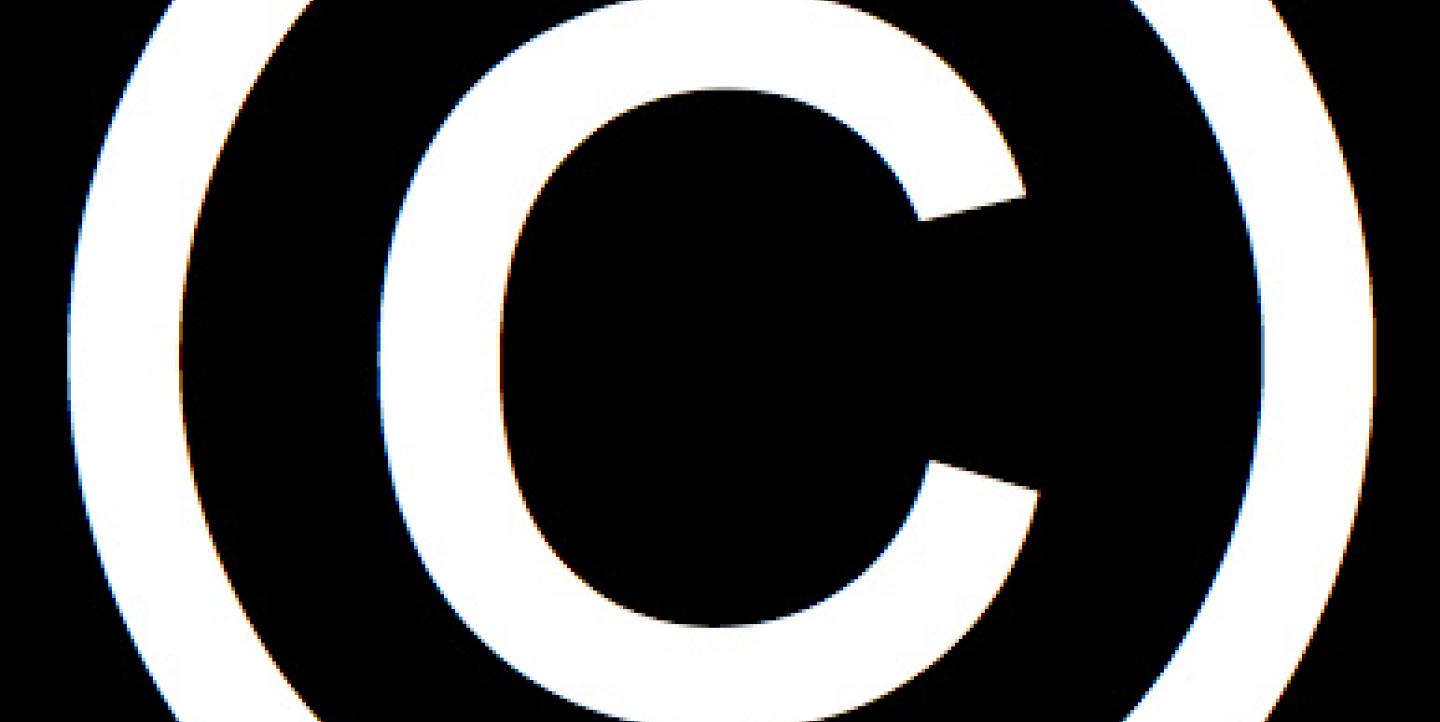If you've ever found a photograph you took used on an unfamiliar website or an article republished in entirety without permission, you have an idea of how fast content can travel on the Internet - with or without permission.
The American Society of Media Photographers (ASMP) and the Copyright Clearance Center (CCC) jointly produced the webinar “What Everyone Should Know About Copyright,” led by photographers and ASMP former presidents Susan Carr and Richard Kelly.
IJNet participated in the webinar and found resources that can clear up some of these issues for creators and users of visual content.
-
TinEye – You can upload an image or URL and this reverse search engine will produce identical or similar images existing on the web. Visual content creators can use this service to find infringed works and content users can use it to find copyright owners.
-
PhotoShelter – When you need to publish a fitting image for a web story but pictures in the public domain aren’t cutting it, you can buy images from online photo archives like PhotoShelter or Dreamstime for a small fee. Online archives also provide a chance for photographers to showcase their work by uploading their images and receiving financial compensation when they're sold.
-
PLUS – The Picture Licensing Universal System is a worldwide standard for licensing images. Sifting through copyright jargon is tough, so PLUS created an online glossary to simplify the terminology. Content users requesting permission to use a copyrighted work can write licenses in a flash with the license generator. Use the PLUS online registry to find artists, licensees or images.
-
Cornell's guide to copyright terms – The standard life of copyright privileges lasts 70 years after the original creator’s death, but special cases exist depending on the type of work or date of publication. The Cornell chart breaks down all possible scenarios so content users can know when a work they wish to use will enter the public domain.
-
ASMP Social Media Tutorial – When using social media, users should know the sites’ terms of service to ensure copyright privileges are protected. ASMP reviewed the terms of service for leading social media sites and simplified the legalese in this tutorial. The association suggests using watermarks or embedding images with metadata.
- Creative Commons – Creative Commons (CC) was created on top of existing copyright laws for users intending to share their content. But just because something is CC-licensed, doesn’t mean it’s freely up for grabs. There are six types of CC licenses to be taken into account before distributing an image.
Remember
- Creators - Always register your content if you intend on enforcing statutory damages. Though you have copyright privileges immediately upon creation, only by registering a work prior to copyright infringement can you collect statutory damages.
- Users - The right to privacy is commonly confused with copyright law. Just because something is CC-licensed, you still have to get permission to use a person’s likeness for commercial use.
ASMP and CCC are hosting nine more free, online seminars on the future of art and commerce. For more information, click here.

